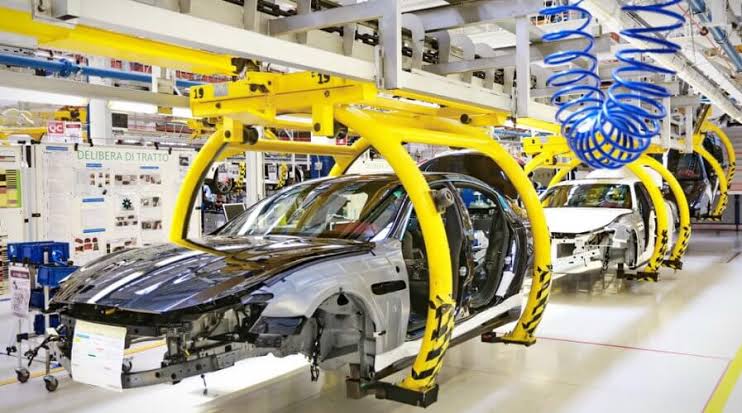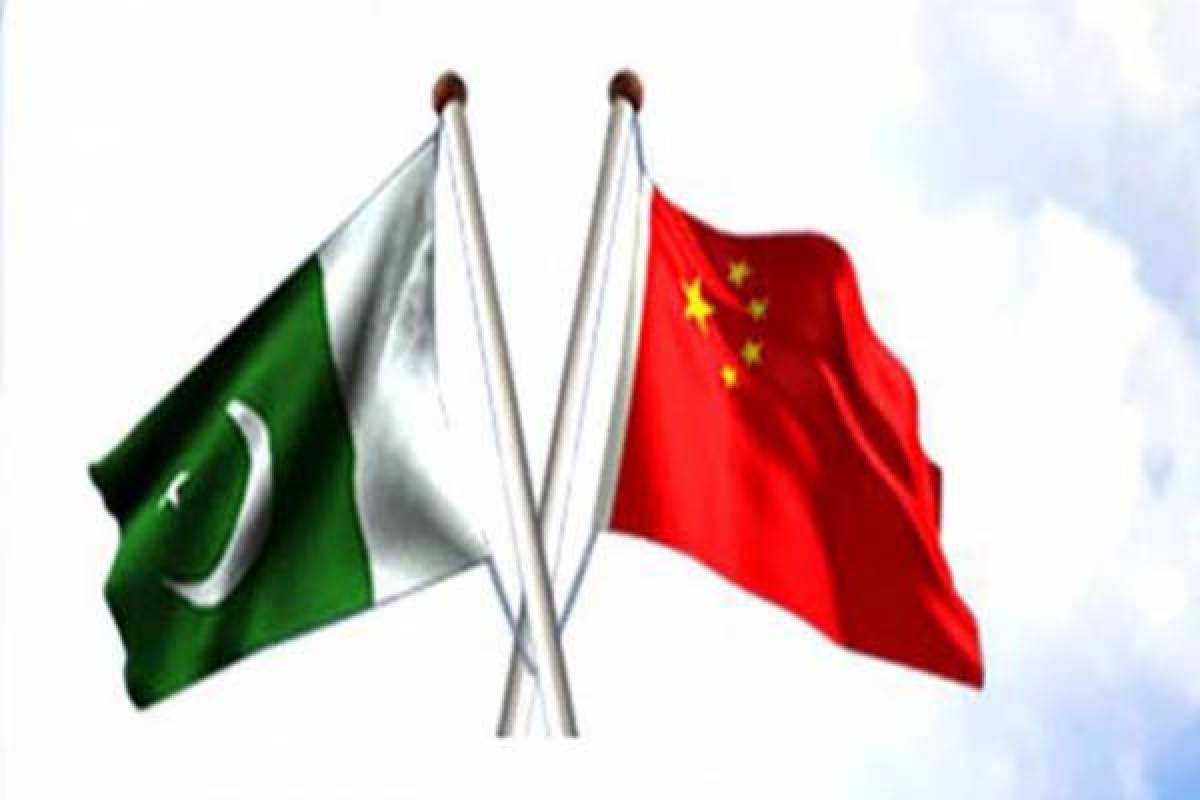Pakistan on Thursday proposed the inclusion of new areas of cooperation in the China-Pakistan Economic Corridor, including disaster recovery, global development initiatives and boosting digital investment in the economy. Pakistan also proposed a 1+5 arrangement for special economic zones agreements between the geological survey institutes of the two countries, an agreement between the Geological Survey Intuitions of the two countries, and cooperation in developing Pakistan’s export potential. The minister highlighted three basic objectives in the 11th Joint Advisory Committee, which include the revival of CPEC, which has been revived since the government assumed office in April this year. The inclusion of new projects that will expand the CPEC portfolio and the third was business-to-business collaboration, which was previously government-to-government.

The Joint Advisory Committee also emphasized the importance of key projects for the development of energy and infrastructure; which are now operational and provide innumerable opportunities for socio-economic development in Pakistan. Similarly, another priority project, the Karachi Circular Railway, which will benefit a large section of the population of our largest city of Pakistan, Karachi, was discussed in detail. The two sides also agreed to start the ML-1 project, which was considered the backbone of CPEC and remained neglected in the past. It was agreed to include a new area of “Water Resources Management and Climate Change” which will be of great importance especially after the recent flood which badly affected Pakistan. The Government of Pakistan has also launched an initiative to include 10,000 MW of solar power in our system. The Pakistani government has asked China to create a financial window or line of credit for Chinese companies participating in the project. It was the 11th meeting of the Joint Cooperation Committee, a key decision-making forum on the China-Pakistan Economic Corridor, Pakistan’s part of the $50 billion Belt and Road Initiative. It is the largest CPEC project in terms of cost and has been awaiting a final decision for the last five years. Pakistan has agreed to increase the cost of ML-1 from $6. 85 billion at the request of Chinese negotiators who called the earlier cost figure unrealistic,” an official insider of CPEC planning told Nikkei Asia on condition of anonymity. He was not authorized to speak to the media. The official further added that approval of the ML-1 JCC project would be a big boost for CPEC. A press release issued by the government after the JCC meeting stated that both parties agreed to start the ML-1 project. However, the final announcement on the ML-1 and other projects approved by the JCC will be made during Pakistan Prime Minister Shehbaz Sharif’s visit to Beijing in the first week of November.

Moreover, the JCC meeting could decide the fate of the 300-megawatt power plant at Gwadar – a port that is supposed to be a key Belt and Road hub. But the Pakistani government has an incentive to stay in China’s good books, given Sharif’s plan to visit China. According to media reports, Sharif is likely to seek $10 billion in financial assistance from China through balance of payments support and the rollover of Chinese loans, which account for 30% of Pakistan’s total foreign debt. But he said Beijing has already taken this into account while deciding on CPEC projects. “Beijing knows that the ML-1 project is also in Pakistan’s interest, and even if Khan reconstitutes a government, it cannot reverse that,” Dorsey said. It will not be wrong to say that it is a right time for this proposal. Pakistan is already facing an economic turmoil due to the floods and the recovery is all what needed. Its high time that Pakistan and China shall revive their development projects.

Research Associate, Pakistan House



